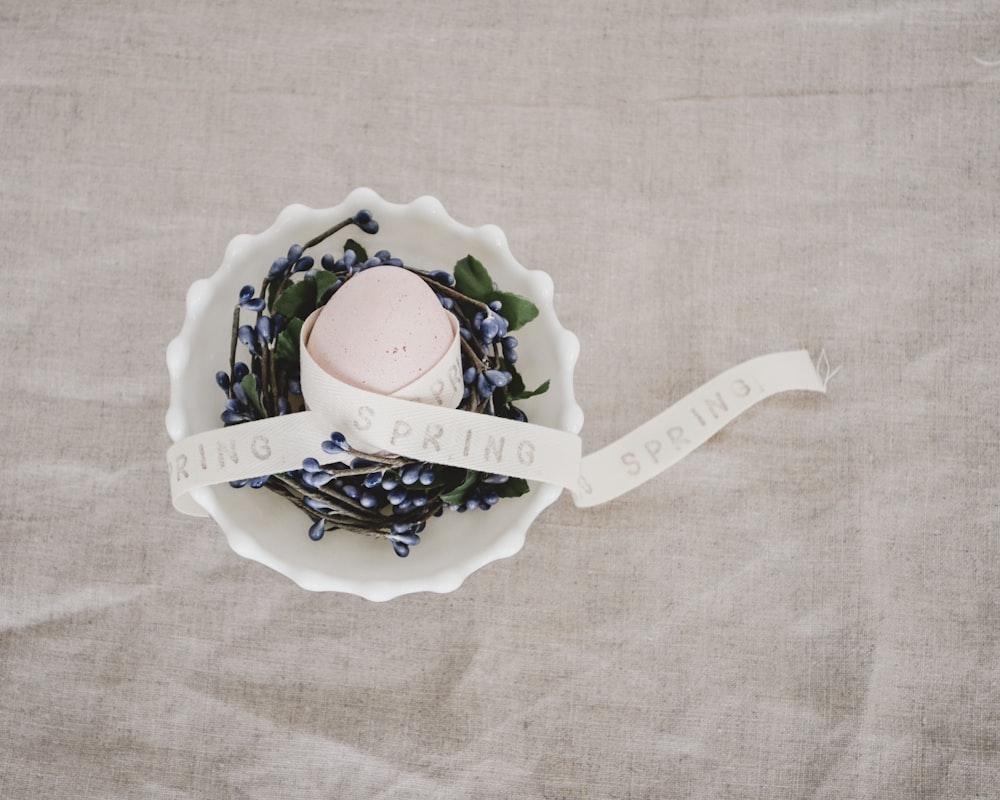Mastering the Art of Egg Wash: Tips and Techniques
Unlocking the Potential of Egg Wash
Egg wash is a simple yet powerful tool in the baker’s arsenal. With just a few basic ingredients – usually eggs and a splash of water or milk – you can transform your baked goods from ordinary to extraordinary. But to truly master the art of egg wash, it’s important to understand its potential and how to use it effectively.
The Basics of Egg Wash
At its core, egg wash is simply beaten eggs or egg yolks that are brushed onto pastries, bread, or other baked goods before baking. This versatile mixture serves several purposes, including adding shine, promoting browning, and helping toppings adhere to the surface of the dough. Understanding the basic components and techniques of egg wash is the first step towards mastering its use in your baking endeavors.
Choosing the Right Ingredients
While egg wash typically consists of eggs and a liquid such as water or milk, there are variations that can be used to achieve different effects. For a rich, golden-brown finish, use whole eggs or egg yolks mixed with a bit of cream. If you prefer a lighter color, opt for egg whites mixed with water. Experimenting with different combinations will help you find the perfect egg wash for your desired results.
Techniques for Application
The key to successful egg wash application lies in the technique. Use a pastry brush to evenly coat the surface of the dough with the egg mixture, taking care not to apply too much or too little. For a glossy finish, brush the egg wash on just before baking. For a deeper color, apply multiple coats, allowing each layer to dry slightly before adding the next.
Enhancing Flavor and Appearance
In addition to its practical purposes, egg wash can also enhance the flavor and appearance of your baked goods. Adding a sprinkle of sugar or salt to the egg wash can create a crisp, flavorful crust, while a dusting of sesame seeds or poppy seeds adds visual interest and texture. Get creative with your egg wash toppings to take your baked goods to the next level.
Special Considerations for Different Pastries
Different pastries may require different approaches when it comes to egg wash. For delicate pastries like croissants or puff pastry, a light touch is key to prevent the layers from becoming too heavy or dense. For breads and rolls, a generous coat of egg wash can create a beautifully shiny crust. Experiment with different techniques to find what works best for each type of pastry.
Troubleshooting Common Issues
While egg wash is a relatively straightforward technique, it’s not without its challenges. Common issues include uneven browning, excessive pooling of the egg wash, or a dull finish. To troubleshoot these issues, adjust the thickness of your egg wash, the temperature of your oven, or the timing of your application. With practice, you’ll develop the skills to achieve perfect results every time.
Experimentation and Innovation
Ultimately, mastering the art of egg wash comes down to experimentation and innovation. Don’t be afraid to think outside the box and try new techniques or ingredients. Whether you’re a seasoned baker or just starting out, there’s always room to learn and grow. With patience and persistence, you’ll soon be creating bakery-quality treats that dazzle the senses and delight the palate. Read more about egg wash
